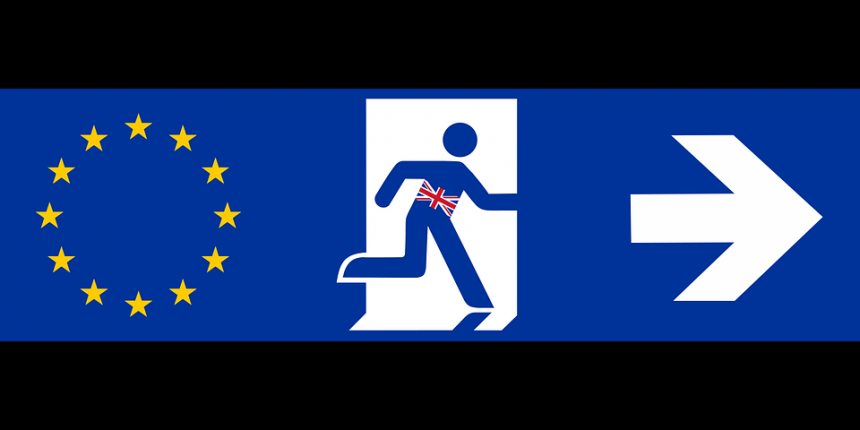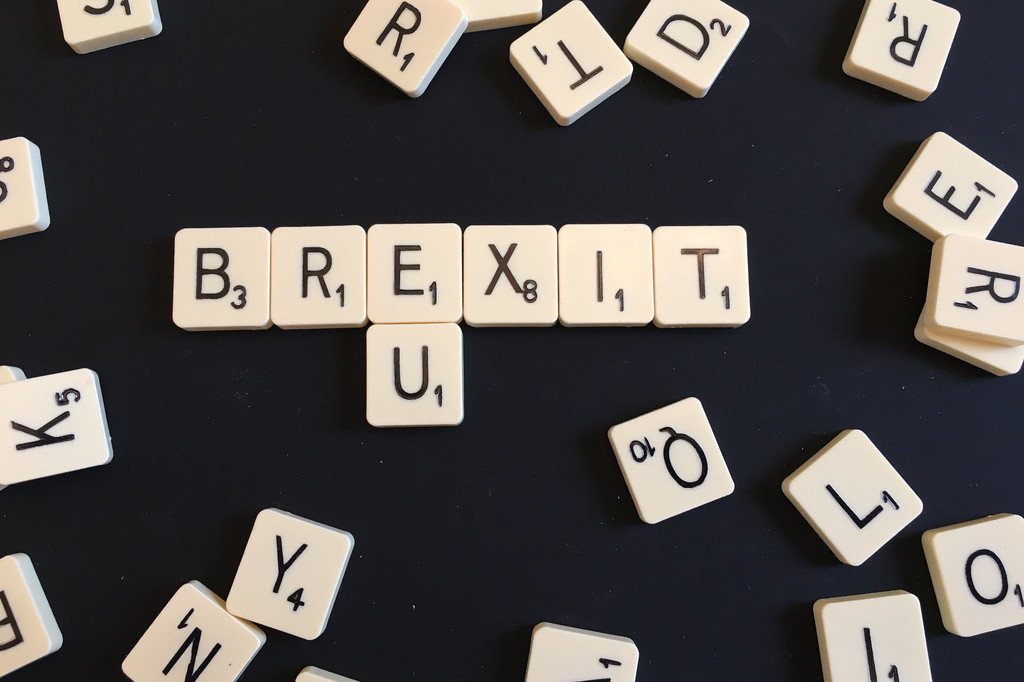
Britain has voted to leave the European club. So now what? At this point, there are three alternative models to being in the EU.
One of the most significant things about this referendum campaign has been the dearth of discussion on the various alternatives to EU membership. In Brussels and other EU capitals, decision-makers are drawing up contingency plans for a British vote to leave.
Britain's partners are likely to offer just three options: the Norwegian model of the European Economic Area (EEA); the Canadian model of a free trade agreement (FTA); and the rules of the World Trade Organisation (WTO).
The EU doesn't want to offer the UK bilateral treaties, such as the one Switzerland has, given that it regards the "Swiss model" as broken (the Swiss voted against free movement for EU workers in a referendum in 2014, and may therefore lose access to the single market). Nor will it offer the 'Turkish model', whereby Britain would stay in the customs union and have to adopt the EU's external tariffs (EU leaders assume the UK would not want this model, which would deprive the British of the freedom to negotiate their own trade deals).
Most economists think the Norwegian model would be the least damaging of the three on offer. It would keep Britain out of EU fish and farm policies, and its customs union, but in the single market. The UK would have to follow single market laws (including labour market rules) without having a vote on them, make substantial payments into the EU budget and accept free movement of labour. The mainly pro-EU House of Commons would probably prefer the EEA, as would the City - since 'passporting', which allows banks regulated in London to do business across the EU, would continue.
The Canada model is probably the most likely option
Owen Paterson MP is one leading Brexiteer who likes the EEA. Daniel Hannan MEP is another, though he sees it as an interim arrangement, to minimise disruption while an FTA is negotiated. However, the obligation to accept free movement would make it hard for any post-referendum British government to follow the example of Norway.
The Canadan model is probably the most likely option. The EU's deal with Canada - which took seven years to negotiate but is not yet ratified - is its most ambitious FTA. It will remove many but not all tariffs on industrial and farm goods. But it will give limited access to the single market, as many non-tariff barriers will remain. For example, Canadian car and chemical makers will need regulatory approval from EU authorities before exporting to Europe; Canadian firms will have limited access to European public procurement; and since the deal excludes most financial services, Canada's banks will need a subsidiary in the EU to do business there.







